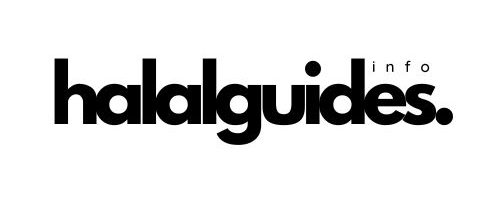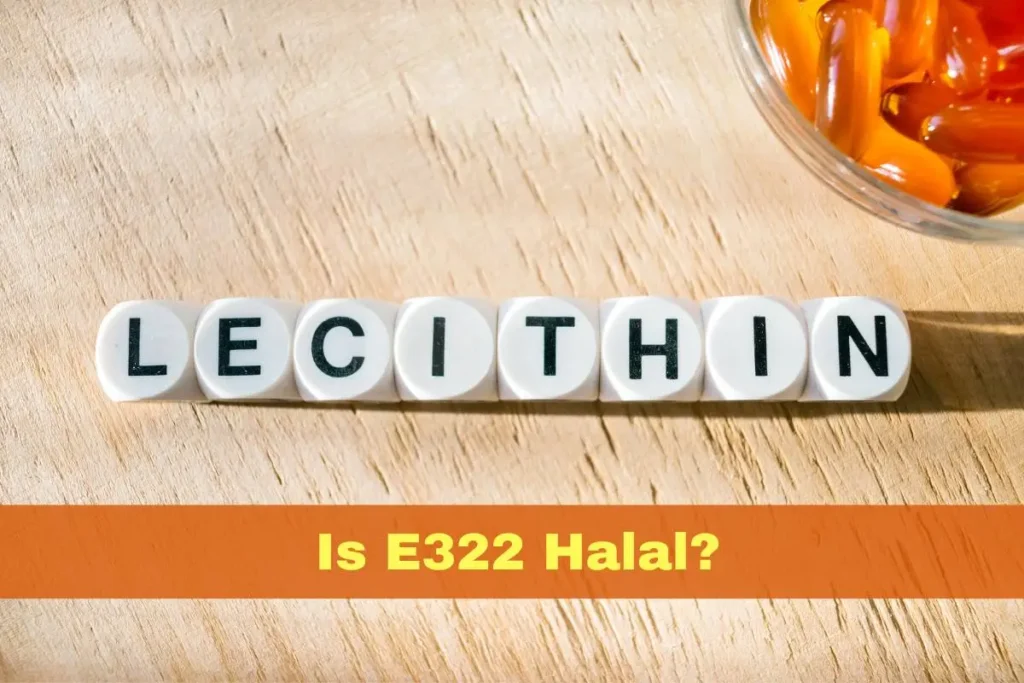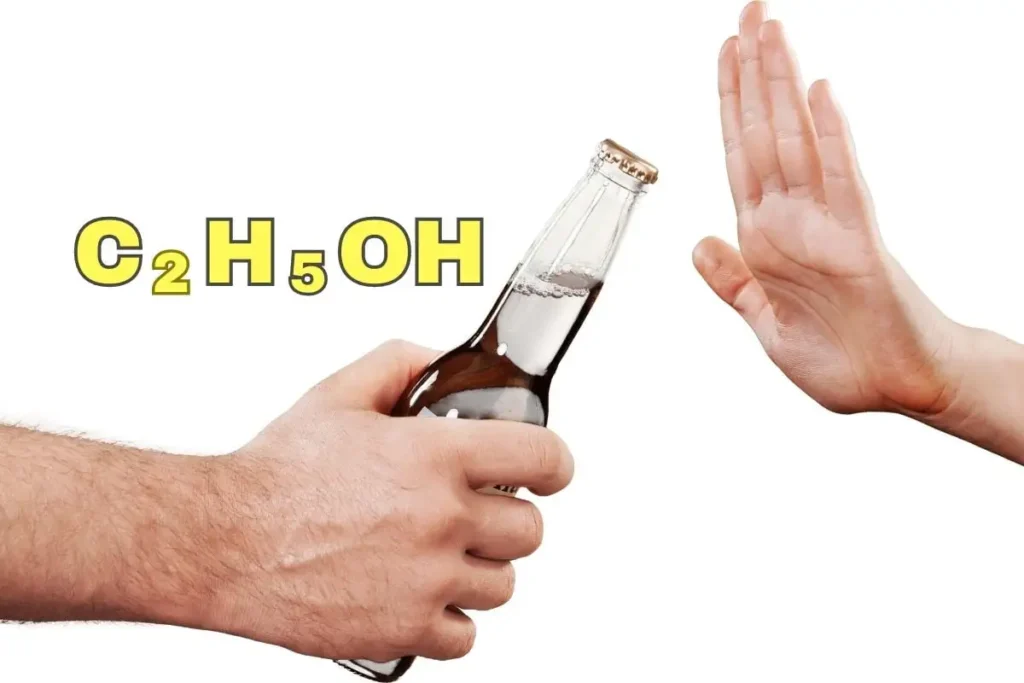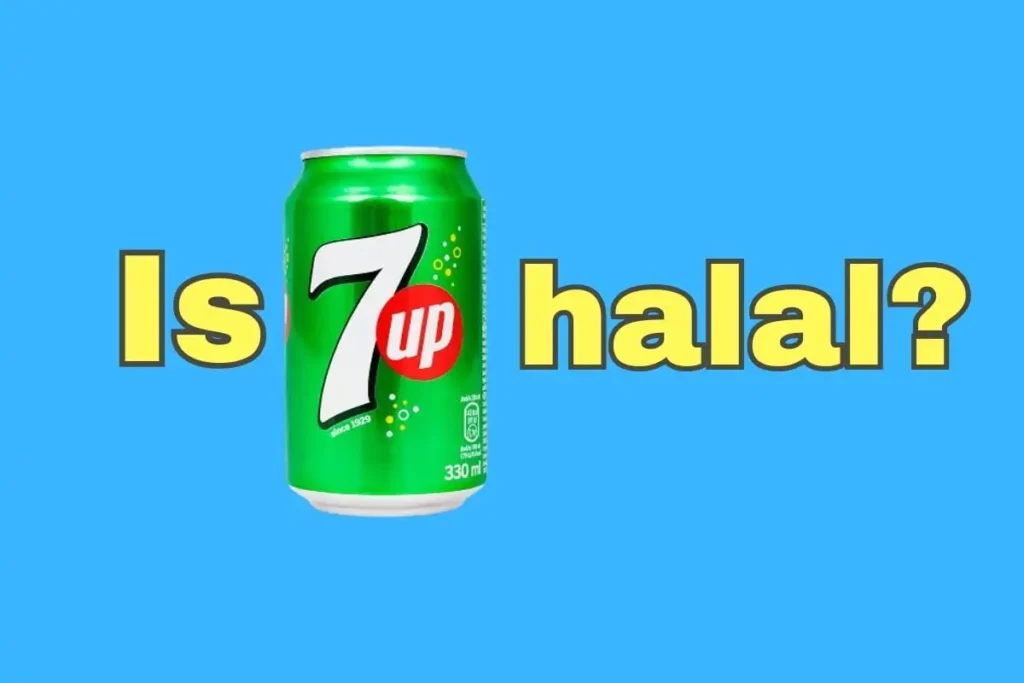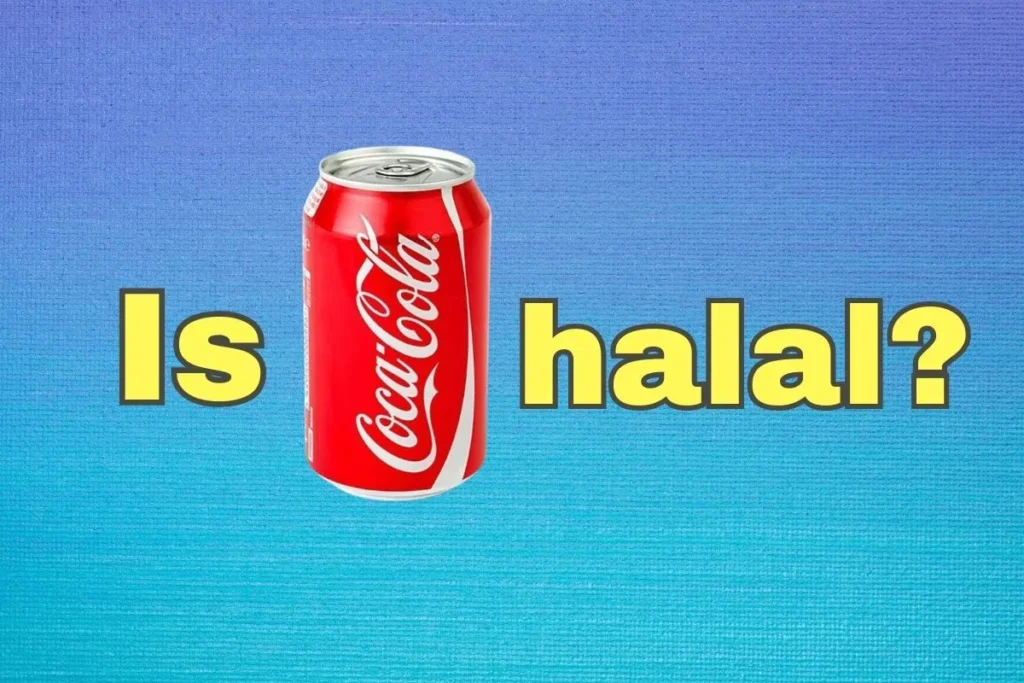Hello, dear reader! If you’ve ever wondered, “Is E322 Halal?”, you’re in the right place. Let’s dive deep into the world of E322 and uncover its mysteries.
Key Takeaways
| 📌 E322, also known as lecithin, is a substance found in both animals and plants, used in the food industry to make food smoother and mix liquids better. It can come from various sources like soybeans, eggs, and more. |
| 📌 Lecithin is considered safe for consumption but should be used in recommended amounts to avoid potential side effects, particularly in relation to gut health. |
| 📌 Whether E322 is Halal (permissible) or Haram (forbidden) is uncertain due to variations in its sources and production methods. It can be derived from different materials, some of which may not meet Halal criteria. |
What is E322?
E322, commonly known as lecithin, is a term used to describe a group of yellow-brownish fatty substances found in both animal and plant tissues. These substances are amphiphilic, meaning they attract both water and fatty substances.
This unique property makes them valuable in the food industry, where they’re used to smooth food textures, emulsify, homogenize liquid mixtures, and repel sticking materials.
Chemical Structure
Lecithin is a complex mixture of glycerophospholipids, which include phosphatidylcholine, phosphatidylethanolamine, phosphatidylinositol, phosphatidylserine, and phosphatidic acid.
These compounds have both hydrophilic (water-attracting) and lipophilic (fat-attracting) properties, making them versatile in various applications.
What Is E322 Made From?
Lecithin can be derived from various sources. Common sources include egg yolk, marine foods, soybeans, milk, rapeseed, cottonseed, and sunflower oil. The extraction process can be done either chemically using solvents or mechanically.
Possible Side Effects
E322 Lecithin is generally considered safe and does not pose a health risk to the consumer. However, excessive consumption of E322 Lecithin may cause some side effects such as:
- Difficulty breathing
- Vertigo
- Increased sweating
- Salivation
- Nausea and vomiting
- Digestive disorder
- Heart and joint pain
These side effects are rare and usually occur only in people who are allergic to soy or soy products.
Regulations and Guidelines
Lecithins or E322 can be used in a wide range of food products, including dehydrated milk, practically anhydrous fats and oils (except anhydrous milk fat), cocoa and chocolate products, ice cream, pastries, salad dressings, and more.
E322 Lecithin is an authorized food additive in the EU according to Annex II and Annex III to Regulation (EC) No 1333/2008 on food additives and has been assigned the E number E322.
Dosage and Administration
The incorporation level of E322 Lecithin in anhydrous fats and oils (excluding anhydrous milk fat) is 30,000 mg/l excluding virgin oils and olive oils.
The upper estimated dose of E322 Lecithin is about 576 mg/kg daily from food additives, and the average dose from the general diet is about 3.3 g per day (as an estimate of a typical diet). (source)
Is E322 Halal or Haram?
E321, or lecithin, falls into the syubhat (doubtful) category for several reasons. In commercial processing, lecithin is derived from soybeans, but there are various types of lecithin, some unmodified and some modified.
Some lecithin is obtained through fractionation with ethanol, and residual ethanol can be present in a large quantity in the final product. Additionally, certain lecithin types involve enzymes like phospholipase A from pig pancreas in their production.
Unfortunately, the commercial use of the term “lecithin” does not provide clarity on whether the original lecithin was modified or unmodified.
Find out more:
Is E321 Halal or Haram?
Is E325 Halal or Haram?
Conclusion
In the enigmatic world of E322, we find a substance known as lecithin, versatile in its ability to enhance food textures and mix liquids seamlessly. But its Halal or Haram status remains veiled in uncertainty due to its varied sources and production methods.
Lecithin, derived from soybeans, eggs, and more, offers a helping hand to the food industry. While generally considered safe, its potential impact on gut health warrants cautious consumption.
As we navigate the labyrinth of food additives, the question of E322’s permissibility serves as a reminder that clarity is a treasure, especially when it concerns dietary choices. In the realm of Halal or Haram, the pursuit of knowledge remains the guiding light.
Allahu A’lam (Allah Knows Best)
FAQ
What is the source of E322?
E322, known as lecithin, can be derived from multiple sources, including egg yolk, marine foods, soybeans, and sunflower seeds.
Is E322 safe for consumption?
Yes, E322 is recognized as safe for consumption by major regulatory bodies. However, it’s essential to consume it within recommended dosages.
What are some common food products that contain E322?
Lecithin is commonly found in chocolates, margarines, baked goods, and many processed foods as an emulsifier or lubricant.
What is the CAS number of E322?
The CAS number of E322 Lecithin is 8002-43-5.
Is E322 banned in any country?
While E322 itself isn’t banned, some countries have regulations regarding its labeling, especially if derived from GMOs.
- Is Pop Tarts Halal? What You Need to Know - February 18, 2024
- Are Graham Crackers Halal in Islam? - January 19, 2024
- Is Keebler Wheatables Halal? - January 18, 2024
